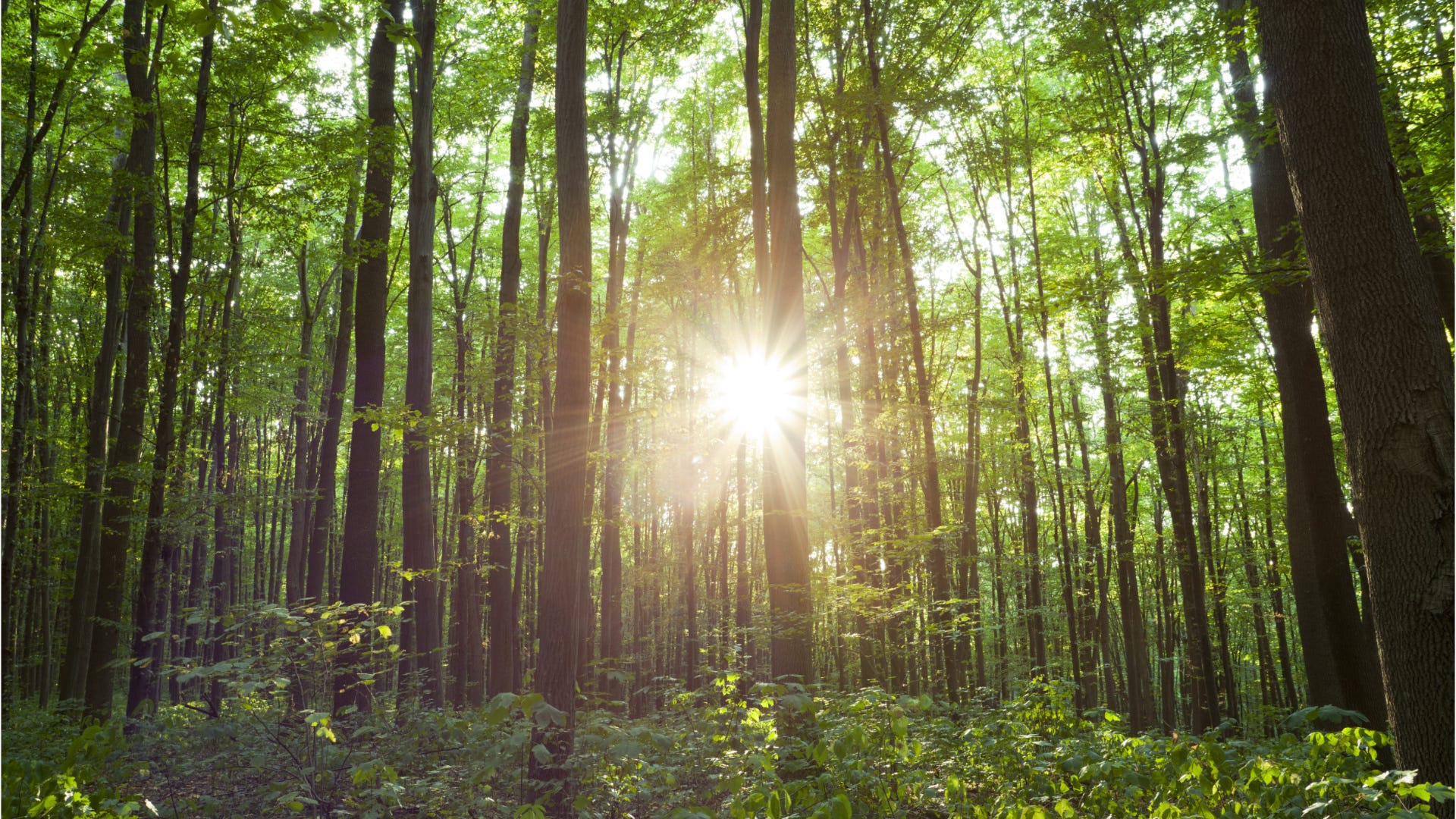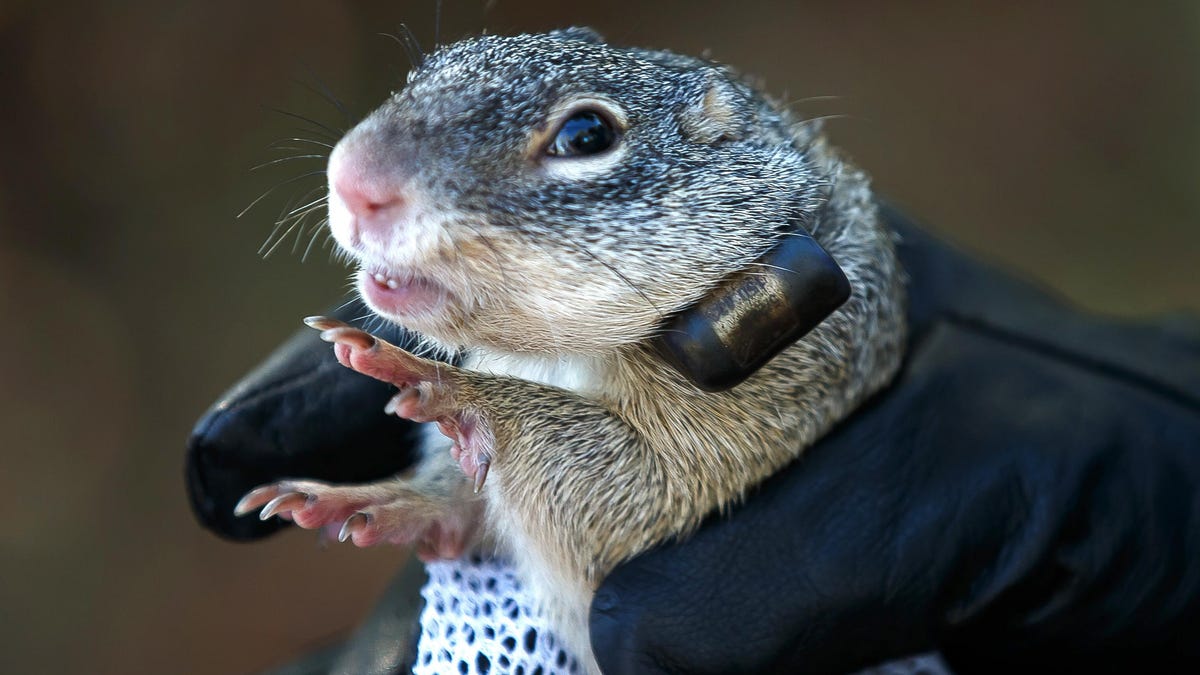
Wildlife encounters of the unexpected in Indiana
Black bears, endangered bats and even jellyfish: Indiana has seen a selection of unexpected visitors in the past year. (December 2016)
Wochit
Indiana has a rich biodiversity with thousands of species in unique habitats, but growth and development have changed some of those fragile ecosystems and threaten the wildlife they support. IndyStar is highlighting some of these endangered species and documenting the work being done to conserve them.
In the tall-grass prairies that once spread out across pre-settlement Indiana, tiny ground squirrels scurried through the wildflowers, grasses and shrubs.
Those original prairies made up about 15% of the state’s land, but drainage, urbanization and agriculture have destroyed most of them — and today the Franklin’s ground squirrels that made their home there are listed as a state endangered species. The designation means they are in danger of disappearing from Indiana.
Indiana biologists are teamed up with researchers and conservationists to restore the Franklin’s ground squirrel’s habitat and put the species back on the map.
Meet the Franklin’s ground squirrel
The Franklin’s ground squirrel lives in underground burrows in prairie habitats across most of the Great Plains and into parts of the Midwest. In Indiana, they are found primarily in the northwest corner of the state where there is still prairie habitat.
These unique squirrels have a speckled brownish gray coat with shorter tails that are not as bushy as the more common fox squirrels.
Indiana’s efforts to save the squirrel
The Indiana Department of Natural Resources is partnering with Purdue Fort Wayne and others to restore Franklin’s ground squirrel populations, said DNR’s Wildlife Research Supervisor Theresa Bordenkecher.
The partnership is relocating squirrels from the Dakotas into the northwest portion of Indiana. This region includes the Kankakee Sands, where The Nature Conservancy has been restoring prairie lands and caring for a herd of bison.
Researchers have released about 50 ground squirrels in the past couple of summers. Earlier this year they captured a juvenile at one site — a sign the population there might be increasing on its own.
“There could be reproduction happening there, which has not been documented in decades,” Bordenkecher said.
IndyStar’s environmental reporting project is made possible through the generous support of the nonprofit Nina Mason Pulliam Charitable Trust.
Karl Schneider is an IndyStar environment reporter. You can reach him at karl.schneider@indystar.com. Follow him on BlueSky @karlstartswithk.bsky.social or X @karlstartswithk.
